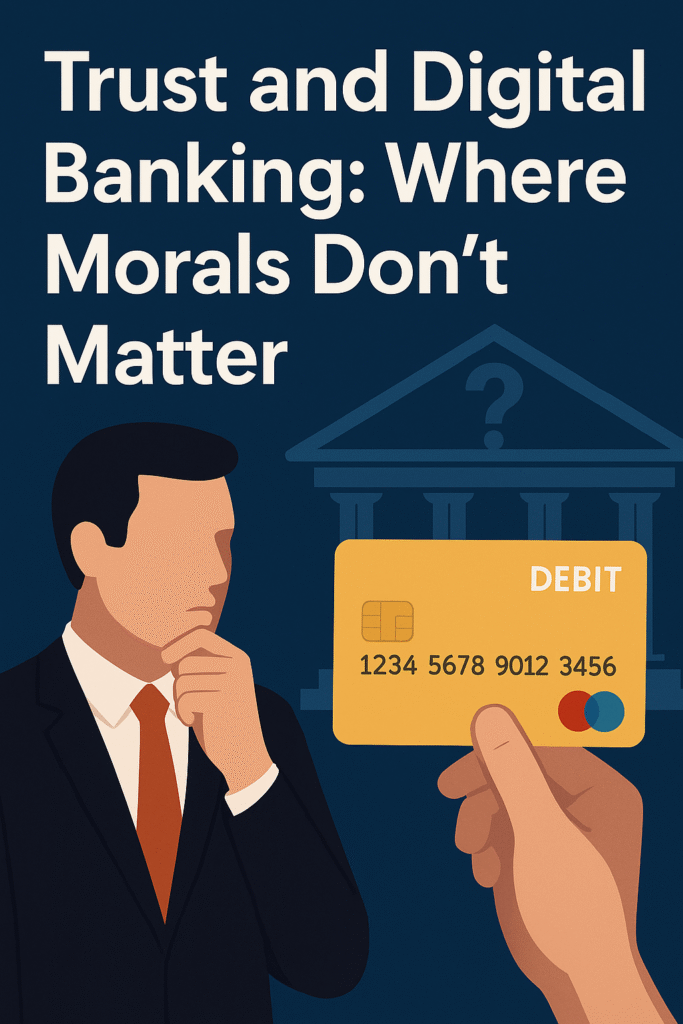In their fascinating paper, Bachas et al. (2021) studied an at-scale natural experiment in which debit cards were given to people who already had a bank account. The study explored the staggered rollout of debit cards to beneficiaries of Mexico’s conditional cash transfer program.
The cards were linked to existing savings accounts and addressed two barriers to formal saving:
- Lowering transaction costs, by enabling withdrawals from a broad ATM network.
- Facilitating balance monitoring, via ATMs, bank branches, and account statements, so that people could repeatedly check balances without always withdrawing money.
Before the program, most beneficiaries withdrew all of their money as soon as it arrived. But after debit cards were introduced, behavior shifted dramatically. Using five years of detailed data from about 350,000 accounts in 357 bank branches, the authors showed that debit cards changed financial habits significantly.
The share of beneficiaries with money left in their accounts rose from 13% to 87% over two years, and average savings grew to about 2% of annual income. This is a striking and lasting effect, especially compared with other savings programs (like higher interest rates or commitment devices), which often produced little or no change.
Trust in Banking and Financial Inclusion
The main contribution of the study was to examine two barriers to saving: transaction costs and distrust of financial institutions.
Some beneficiaries only started saving after a delay, because they first monitored their bank by checking balances and gradually increasing their trust over time (Bachas et al. 2021: 1918). In other words, financial inclusion did not come simply from access to banking products, but from repeated evidence that those products were reliable.
As the study highlights:
“One of the key claims … is that an increase in trust was being driven by making it easier for people to check on their accounts — effectively, this was their making sure that the banks weren’t stealing from them.”
Checking, checking again, and confirming that funds remained intact became the foundation of trust in digital banking.
Is This Really Trust? Predictive vs. Affective
When we think of trust, we often connect it with morality. A broken promise feels like a moral injury, not just a failed prediction. Karen Jones (1996) captures this view:
“Trust is an attitude of optimism that the goodwill and competence of another will extend to cover the domain of our interaction … together with the expectation that the one trusted will be directly and favorably moved by the thought that we are counting on her” (1996: 4).
But in this case, beneficiaries were not relying on banks because they believed in a moral obligation. They relied because balance checks provided predictive evidence:
“The money has been there every time I’ve checked, so it will be there next time.”
This is what Faulkner (2018) calls predictive trust — relying on others simply because empirical evidence suggests they will act consistently.

Fintech, Digital Banking, and the Future of Trust
The debit card experiment illustrates more than a social science puzzle; it reflects a key issue for fintech companies, mobile banking apps, and digital wallets today.
Predictive trust, built on consistent evidence and transparency, is at the core of how modern financial services win users. Consumers may not rely on goodwill but on repeated confirmation that transactions are secure, balances are accurate, and money is safe.
This has direct implications for:
- Digital banking adoption (apps that allow balance checks and real-time notifications).
- Fintech trust-building strategies (using transaction transparency to overcome skepticism).
- Financial inclusion initiatives (providing low-cost, reliable ways for the poor to save and access funds).
Why Philosophers (and Banks) Should Care
For philosophers, the debit card case shows that trust is not a single concept. Sometimes trust is predictive: a reliance based on outcomes and incentives. Other times, it is affective: a reliance rooted in moral recognition and goodwill.
For financial institutions, the difference is more than academic. Predictive trust explains why digital banking succeeds where traditional savings incentives fail. If repeated account checks can shift saving behavior, then building transparent, user-friendly, and reliable systems is not just good design — it is the foundation of financial trust.
Trust as a Driver of Digital Finance
Not all trust is the same. Predictive trust explains why debit cards in Mexico increased savings and why fintech apps gain traction worldwide. Affective trust, by contrast, carries the sting of betrayal when broken — but it is not always required in the financial marketplace.
As Bachas et al. (2021) demonstrate, the ability to repeatedly verify balances transformed financial behavior. Trust in digital banking, then, is less about moral goodwill and more about transparency, consistency, and reliability.
For both philosophers and financial institutions, the lesson is clear: trust is not just moral; it is measurable.
Source:
- Bachas, P., Gertler, P., Higgins, S. and Seira, E. (2021), “How Debit Cards Enable the Poor to Save More”, The Journal of Finance, 76: 1913–1957.
- Faulkner, P. 2018. “Finding Trust in Government”, Journal of Social Philosophy, 49,626–644.
- Ichikawa, Jonathan Jenkins and Matthias Steup, “The Analysis of Knowledge“, The Stanford Encyclopedia of Philosophy (Fall 2024 Edition), Edward N. Zalta & Uri Nodelman (eds.).
- Jones, Karen, 1996, “Trust as an Affective Attitude”, Ethics, 107(1): 4–25

